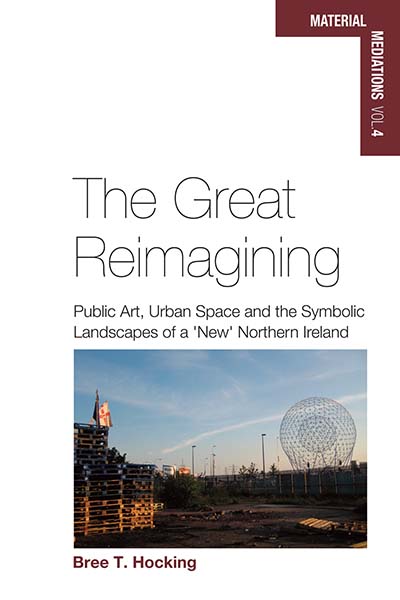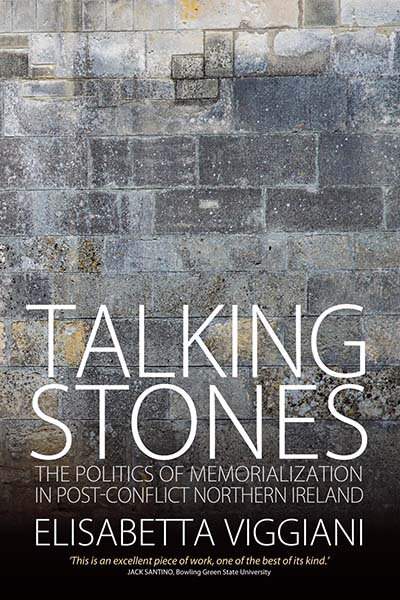 Through art, architecture, and “symbolic landscapes,” post-conflict Northern Ireland is changing the “face” it shows the world. Bree T. Hocking explores this new identity in The Great Reimagining: Public Art, Urban Space, and the Symbolic Landscapes of a ‘New’ Northern Ireland. In the following short essay, the author explains some of actual and perceived changes, by way of the words exchanged with a young Protestant man.
Through art, architecture, and “symbolic landscapes,” post-conflict Northern Ireland is changing the “face” it shows the world. Bree T. Hocking explores this new identity in The Great Reimagining: Public Art, Urban Space, and the Symbolic Landscapes of a ‘New’ Northern Ireland. In the following short essay, the author explains some of actual and perceived changes, by way of the words exchanged with a young Protestant man.
On a recent visit to Northern Ireland, I met a young Protestant man from the Shankill Road heading home after dropping off his daughter at a nearby crèche. It was hardly an extraordinary encounter—save for the fact that the man had just left his toddler at a nursery on the Catholic side of one of Belfast’s largest and oldest peace walls. (These walls, sometimes up to eight metres tall, separate many working-class neighborhoods across the city along ethno-national lines.)
Continue reading “Making-Over Northern Ireland by Changing Facades & Perceptions”

